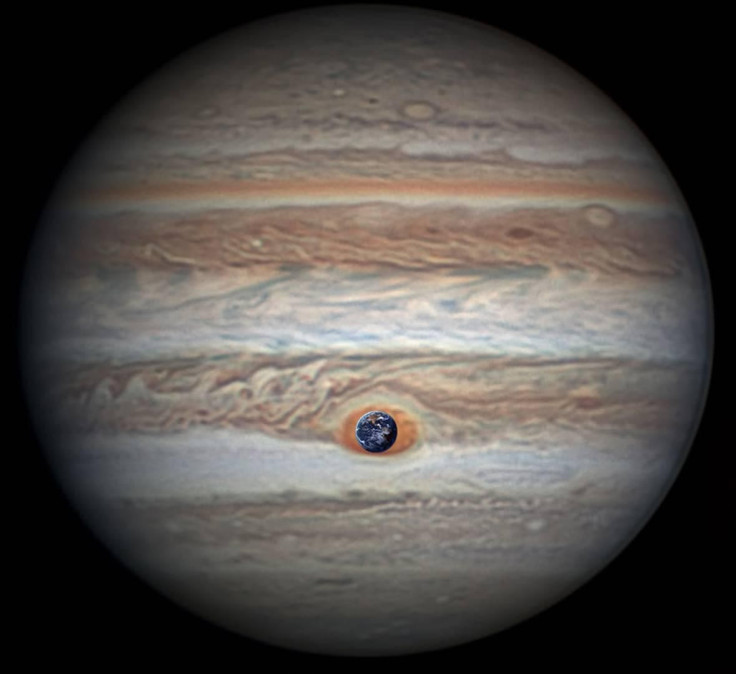Jupiter's Great Red Spot Dying? Experts Say Reports Are Exaggerated

The Great Red Spot on Jupiter is the planet's most iconic feature and one that is well documented in photographs both by amateur and professional astronomers. Earlier this year, observations of the photographs from NASA’s Juno missions fueled suspicions that the Great Red Spot might be dying because it appeared to be shedding “flakes.”
However, computational physicist Phillip Marcus of the University of California, Berkeley and his team of students believe that the supposed flaking is not a result of the Great Red Spot dying, but is merely a natural result of the storms interacting. In fact, Marcus quoted Mark Twain, saying that reports of the Great Red Spot’s death are “greatly exaggerated.”
According to Marcus, the observed flaking likely occurs when a smaller storm spinning in the opposite direction approaches the Great Red Spot and it abruptly stops then restarts in a different direction, causing the clouds to shatter into the observed “flakes.”
The phenomena, according to Marcus, is a natural state of a vortex with cloud coverage, but it has nothing to do with the actual vortex below the clouds. In fact, more flaking might even be observed in the future because the Great Red Spot encounters these anticyclones, cyclones that move in the opposite direction, every few months.
According to Marcus, unless something cataclysmic happens to Jupiter, the conditions around the vortex will likely fuel the Great Red Spot for centuries to come.
Marcus and his team are set to present “The Shedding of Jupiter's Red Flakes Does Not Mean It Is Dying” at the 72nd annual meeting of the American Physical Society's Division of Fluid Dynamics.
The Great Red Spot Shrinking, Not Dying
The Great Red Spot was first observed as far back as the 1600s, and regular observations of the Jupiter icon began by the late 1870s. Around 1920, scientists began to observe that it was shrinking, and even now scientists are still trying to figure out why.
Models show that Jupiter's jet streams play a significant role in how the Great Red Spot absorbs and releases small storms, thereby leading to changes in its size and shape. Although scientists don't know for sure, they believe that these jet streams may have something to do with why the Great Red Spot is shrinking.
As for Marcus, he notes that the size of the clouds does not necessarily determine the strength of the vortex beneath it, saying that being rounder is even a sign of a strong vortex.
There is, so far, no saying what will happen to the Great Red Spot, whether it will continue to shrink until it is gone or rebound and grow once more.
© Copyright IBTimes 2025. All rights reserved.






















